Lying on the equator, between Hawaii and Australia, the Republic of the Marshall Islands is not a country with a developed tourism industry, but visitors here are captivated by its beauty.
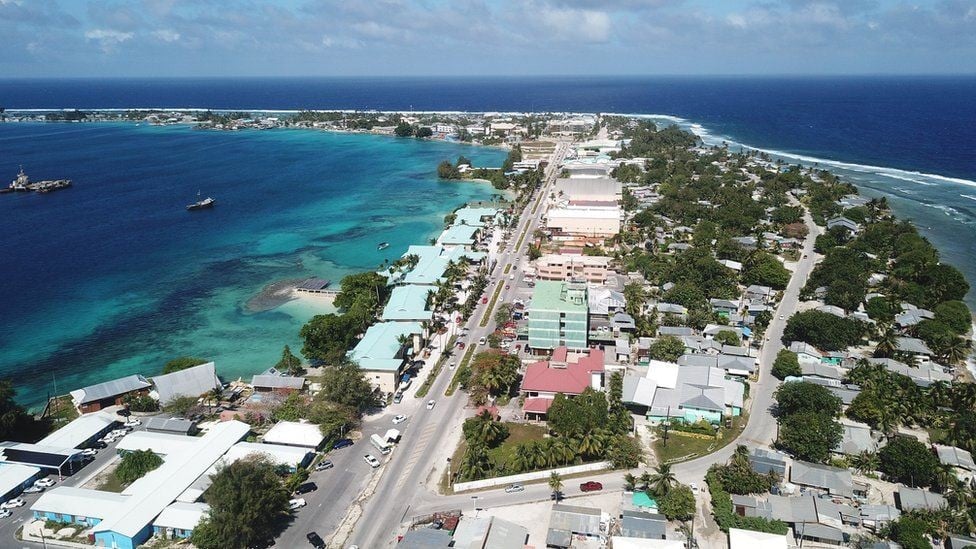 |
| The Republic of the Marshall Islands, located in the Pacific Ocean, possesses attractive natural landscapes and a relatively diverse marine ecosystem, making it a must-see destination for tourists. (Source: BBC) |
The Marshall Islands have 29 separate atolls and 160 species of coral, and 1,225 different islands. Most of the islands are narrow and have only one road running the length of the island. Although there are no native mammals, the country has a rich marine life with more than 1,000 species of fish.
During his visit to the island in 1788, British Navy Captain John William Marshall named the archipelago Marshall Islands. Before the British arrived, the locals called the area “Joliet jen Anij”, meaning Gift from God.
From 1947–1994, the Marshall Islands were part of the TTPI, or Trust Territory of the Pacific Islands, a United Nations trust territory administered by the United States.
In 2011, the Republic of the Marshall Islands established the world's largest shark sanctuary. Officials introduced new laws banning commercial shark fishing in 768,547 square miles (more than 1,990 square kilometers) of national waters, an area four times the size of the US state of California. In the world, only Honduras, Palau, Maldives, Tokelau and the Bahamas have made similar commitments.
During its 2,000-year history, Marshall is famous for its traditional values such as music, parades, indigenous costumes, handicrafts... All of which create an attraction for tourists from all over the world.
Traditional craft villages in the archipelago regularly welcome groups of tourists from the US and Japan. Susan Jieta, a traditional weaver, shared: “Marshall is little known. We still maintain the old way of life and are proud to maintain our traditional craft. I want this craft to not disappear.”
In addition, canoes are an important means of attracting tourists and promoting tourism. Through a special training program from the government, people on the islands learn how to transport foreigners to visit and experience the unique ecological environment and culture of Marshall. Local authorities and people are making every effort to further increase the average income per capita.
“The canoes are not only important economically but also culturally in Marshall, maintained for centuries. Women need to keep weaving, and young people need to learn how to live on the canoes,” said Alson Kelen, a canoe manager in Marshall.
Despite its small area and not too crowded population, Marshall still stands out in the list of attractive tourist destinations, especially for those who want to find a peaceful place, separate from the noise of the city, immersing themselves in the peaceful space of the ocean and mountains. This is also a special opportunity for tourists to experience and absorb the unique cultural features of this Pacific island nation.
Source





![[Photo] Prime Minister Pham Minh Chinh chairs the Government's online conference with localities](https://vphoto.vietnam.vn/thumb/1200x675/vietnam/resource/IMAGE/2025/10/5/264793cfb4404c63a701d235ff43e1bd)

![[Photo] Prime Minister Pham Minh Chinh launched a peak emulation campaign to achieve achievements in celebration of the 14th National Party Congress](https://vphoto.vietnam.vn/thumb/1200x675/vietnam/resource/IMAGE/2025/10/5/8869ec5cdbc740f58fbf2ae73f065076)


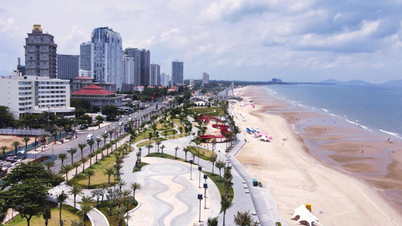

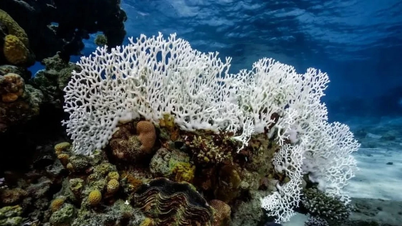

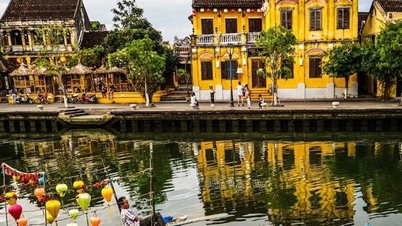






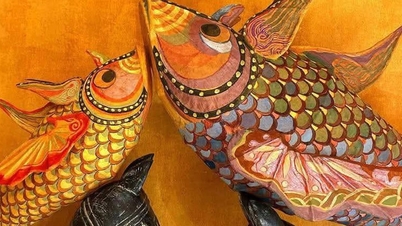




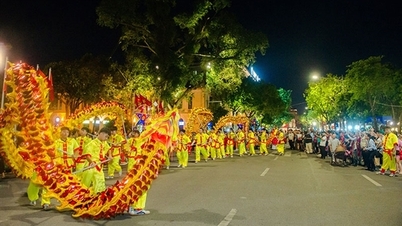






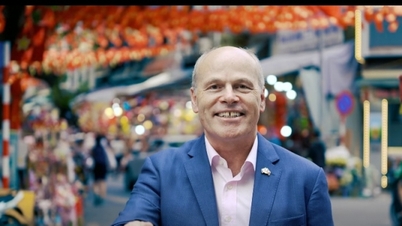

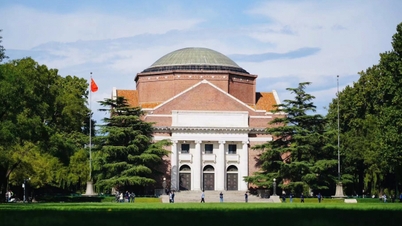































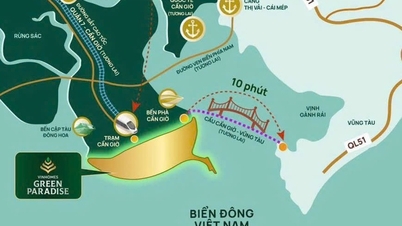

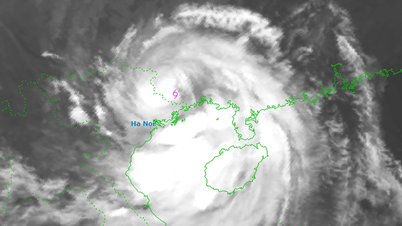

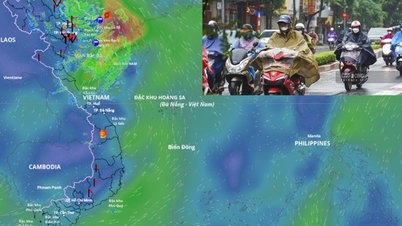











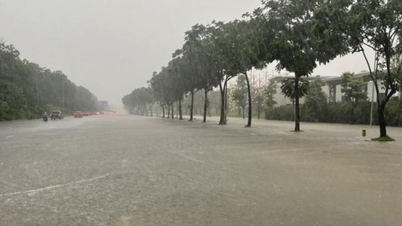

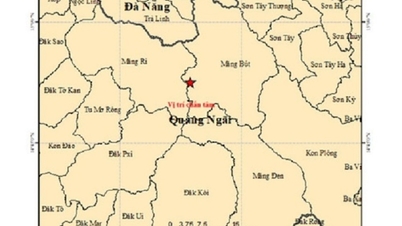
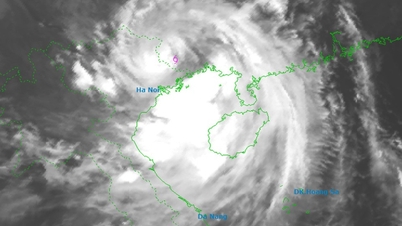
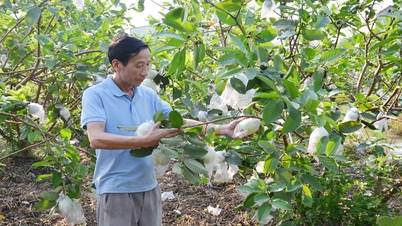














Comment (0)